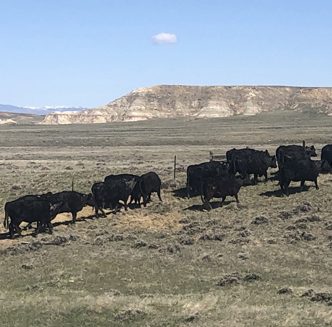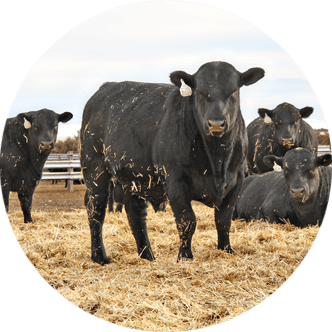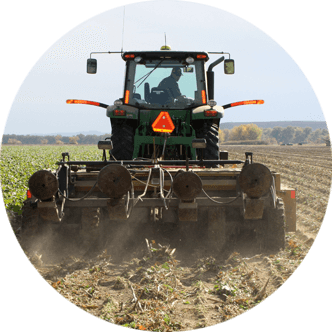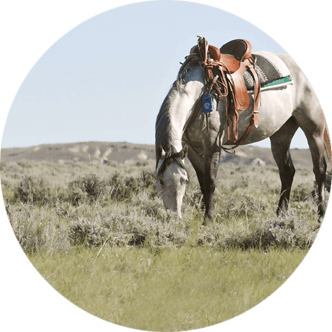Producers urged to plan for lice control this winter
Lice negatively affect the health, performance and well-being of cows, stockers and feedlot cattle during the winter months and tend to be most problematic from December through March.
Not only can lice infestation cause direct losses in animal performance, it also increases wear and tear on facilities and fences. The direct losses to cattle come in forms of decreased average daily gains – documented at a 0.25 pounds-per-day reduction in growing calves – skin infections and, potentially, blood loss and anemia.
While there are several different species of lice found in the U.S., they can be categorized as either biting or sucking lice. Biting lice feed topically on the skin, while sucking lice pierce the hide and consume blood from the animal.
Both types of lice spend their entire life cycle on their cattle hosts. They survive very poorly off of cattle, generally lasting only a few days. Lice can live up to 10 days off host in the right environment, leading to reinfestation in groups of animals.
It is important to note lice are host-species specific, meaning cattle lice cannot affect people, horses or any other species.
Clinical signs
In general, every herd has some level of lice infestation.
Lice are carried from season to season by a small percentage of the herd that act as reservoir hosts. Adult lice lay eggs on the hair of infested animals.
The overall life cycle for an egg to mature into an adult and lay eggs is roughly 28 days. Most females lay one egg per day.
These pests are cold dependent and numbers will diminish quickly with warmer temperatures during the spring.
Clinical signs of lice-infested cattle generally begin with behavioral changes such as rubbing and scratching within the herd. Fences, posts, water troughs, trees and any other stationary object could be subject to damage from this rubbing. As the infection and irritation continues, large hairless patches will become evident on animals.
Further diagnosing the issue beyond the clinical signs requires seeing the adult lice on the skin. Parting the hair will reveal the lice. They are very small, but can still be seen. They are roughly the size of a grain of sand.
The economic threshold for treatment is roughly 10 lice per square inch.
Treatment protocols
There are several options when it comes to treatment of lice in the cow herd.
One option is the macrocyclic lactone class of endectocides. Examples of products in this class include ivermectin, doramectin, eprinomectin and moxidectin. These products come in pour-on formulations and injectable formulations.
Macrocyclic lactones treat internal intestinal nematodes, but also work on external parasites such as lice. It is important to note the injectable formulations do not work on biting lice since they do not feed on blood.
These products are most often used on a herd basis at the end of summer grazing going into winter. Even with herd treatment in the fall, later-season lice infestations can still occur, since they are not active until later in the winter.
The other option is topical treatments which are non-systemic. These products are typically very effective against adult lice, but they may not affect the larvae or eggs, depending on formulation. Retreatment is often indicated 14 days after initial treatment.
There are products available labeled as a single treatment. They either use an insect growth regulator which interferes with development from eggs or are formulated to stay active long enough to kill hatching lice.
Use of these particular products eliminates the need to retreat in 14 days.
Since these topical formulations kill lice by contact, it is extremely important to apply them appropriately to cattle. Most formulations call for the pour-on to be applied with full coverage on the topline of animals, from poll to the tailhead. Poor application of insecticides can lead to reinfestations and the perception of product failure.
When treating cattle, it is also important to treat the entire group. Missing one animal could serve as the reservoir for reinfesting the entire herd. The same thought should be given to new additions to the herd from an outside source.
Basic biosecurity such as treating and segregating new additions for 30 days is not only good to reduce risk of lice infestation, but is also a great tool in decreasing introduction of other diseases.
AJ Tarpoff is an associate professor and beef Extension veterinarian for Kansas State University. This article was originally published in the K-State Beef Tips newsletter on Dec. 31, 2024.





